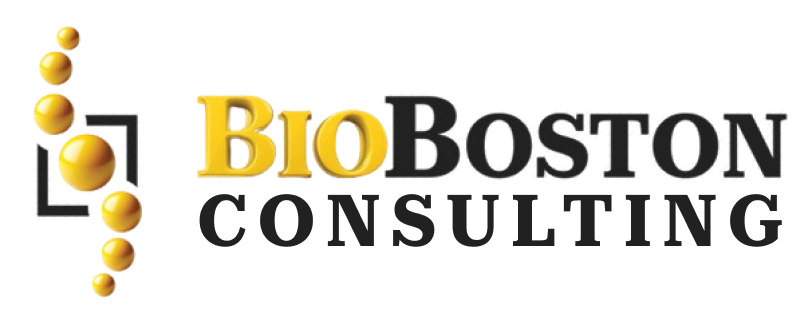In the biotech and pharmaceutical sectors, laboratory systems like LIMS (Laboratory Information Management Systems), ELN (Electronic Lab Notebooks), and CDS (Chromatography Data Systems) are essential for managing data, workflows, and regulatory documentation. But when the FDA arrives for an inspection, these systems become focal points for scrutiny. Ensuring FDA inspection readiness for LIMS, ELN, and CDS platforms is critical to maintaining compliance, data integrity, and operational continuity.
Why FDA Inspection Readiness for Lab Systems Matters
FDA inspections evaluate whether computerized systems used in regulated environments meet Good Laboratory Practice (GLP), Good Manufacturing Practice (GMP), and 21 CFR Part 11 requirements. Laboratory systems must demonstrate:
- ✅ Accurate and complete data capture
- ✅ Secure audit trails and access controls
- ✅ Validated functionality aligned with intended use
- ✅ Traceable documentation and SOPs
- ✅ Robust change control and deviation handling
Failure to validate or maintain these systems properly can result in Form 483 observations, warning letters, or even halted operations.
Common FDA Findings in Laboratory System Inspections
Biotech firms often face inspection challenges due to:
- ❌ Unvalidated LIMS or ELN platforms
- ❌ Missing or incomplete audit trails
- ❌ Poor data integrity controls in CDS
- ❌ Inadequate SOPs for system use and maintenance
- ❌ Lack of user training and access management
- ❌ Inconsistent change control documentation
Step-by-Step Guide to Inspection-Ready Laboratory Systems
To prepare LIMS, ELN, and CDS platforms for FDA inspection, biotech organizations should follow these best practices:
✅ 1. Conduct a Validation Gap Assessment
Review each system’s validation status against FDA expectations. Identify missing documentation, untested functionalities, and compliance gaps.
✅ 2. Align with CSV and CSA Principles
Apply Computer System Validation (CSV) frameworks and, where applicable, FDA’s Computer Software Assurance (CSA) guidance. Focus on risk-based validation and critical thinking over excessive scripted testing.
✅ 3. Strengthen Data Integrity Controls
Ensure audit trails are enabled, secure, and reviewed regularly. Implement role-based access, electronic signature protocols, and backup procedures.
✅ 4. Update SOPs and User Training
Maintain current SOPs for system use, troubleshooting, and change control. Train users on compliance expectations and inspection etiquette.
✅ 5. Prepare Documentation for Inspection
Organize validation plans, traceability matrices, test scripts, and change logs for quick access. Ensure documentation is complete, consistent, and inspection-ready.
✅ 6. Conduct Mock Inspections
Simulate FDA audits focused on laboratory systems. Practice responding to inspector questions, locating documents, and demonstrating system functionality.
BioBoston Consulting: Your Laboratory Compliance Partner
At BioBoston Consulting, we specialize in preparing biotech companies for FDA inspections by validating and optimizing laboratory systems. Whether you’re implementing LIMS, upgrading ELN, or auditing CDS platforms, our team ensures your systems meet regulatory expectations and support operational excellence.
We offer:
- Laboratory system validation assessments
- CSV and CSA-aligned validation frameworks
- Data integrity and audit trail consulting
- SOP development and user training
- Mock inspections and inspection response planning
- Integration with QMS and regulatory documentation
Whether you are scaling your lab operations or preparing for your first FDA visit, BioBoston Consulting ensures your LIMS, ELN, and CDS platforms are inspection-ready and compliant.
Ready to Validate Your Lab Systems for FDA Success?
Do not let unprepared laboratory systems jeopardize your compliance. BioBoston Consulting helps biotech firms build robust, validated platforms that pass FDA inspections with confidence.
👉 Contact BioBoston Consulting today to schedule your laboratory system audit strategy session and discover how we can help you streamline compliance across LIMS, ELN, and CDS environments.

